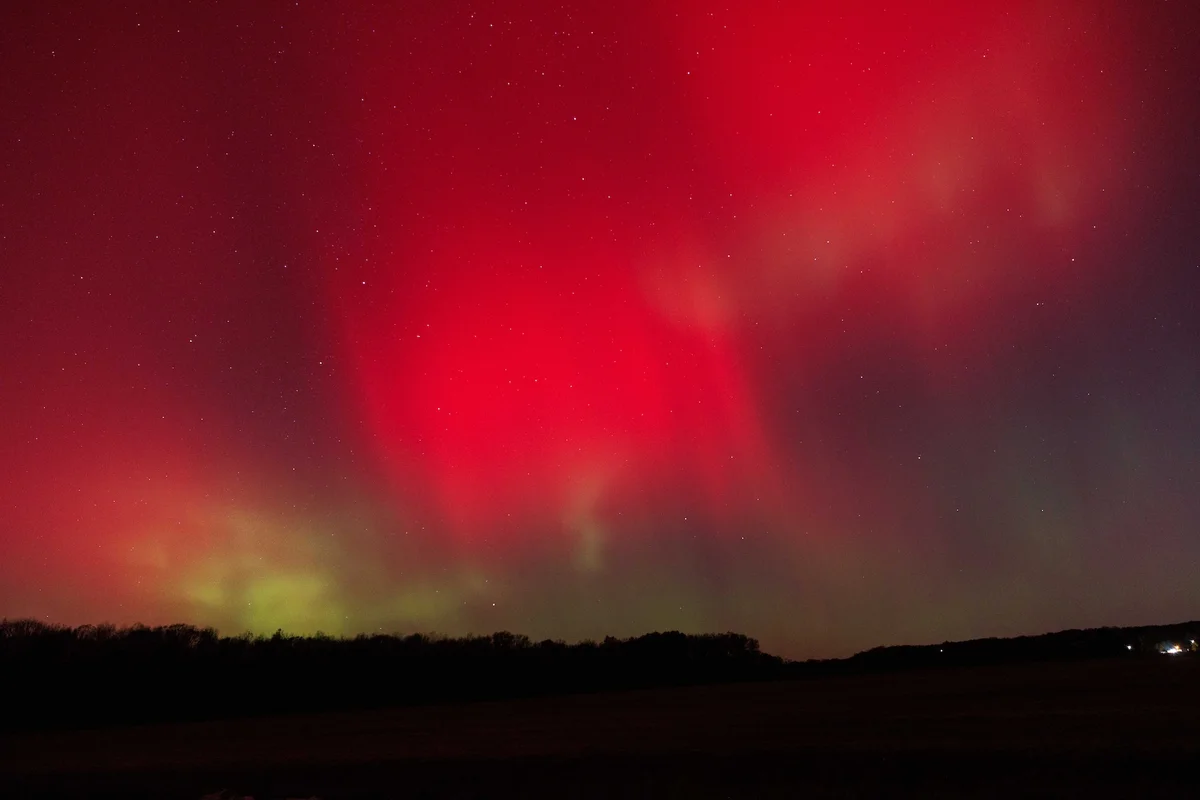Copyright Scientific American

On Tuesday night sky watchers across the U.S. were treated to a phenomenal aurora display, the product of a severe geomagnetic storm triggered by a recent burst of solar activity. Auroras were visible in areas that included Indiana, New Jersey, northern California, Florida and Texas. That is remarkably far south for the northern lights, or aurora borealis, which are typically restricted to a doughnut surrounding the North Pole. The southern lights, or aurora australis, were also visible in parts of Australia. On supporting science journalism If you're enjoying this article, consider supporting our award-winning journalism by subscribing. By purchasing a subscription you are helping to ensure the future of impactful stories about the discoveries and ideas shaping our world today. According to the National Oceanic and Atmospheric Administration’s Space Weather Prediction Center, which forecasts the effects of solar activity on Earth and its surroundings, geomagnetic storm conditions are expected to continue at a somewhat lower level. And the event isn’t over yet. Auroras occur after the sun emits what scientists call a coronal mass ejection, or CME, in the direction of Earth. A CME is essentially a blob of the plasma and magnetic field that makes up our star. When this material interacts with the gases in Earth’s atmosphere, the resulting energy transfers light up the skies. Last night’s auroras were the result of CMEs released on Sunday and Monday, but Tuesday also saw such an outburst from the sun, which experts expect will reach Earth in the coming hours. An initial aurora forecast for tonight suggests the spectacle could continue tonight only for a more northern portion of the country. Auroras are one of a class of phenomena dubbed space weather, of which it is both the prettiest and the least harmful. Other types of space weather can be dangerous to technology in orbit, and even the power grids that sustain modern life. And the current space weather activity has had a perhaps surprising side effect, delaying today’s scheduled launch of a Blue Origin rocket carrying a pair of NASA spacecraft bound to study space weather at Mars.



